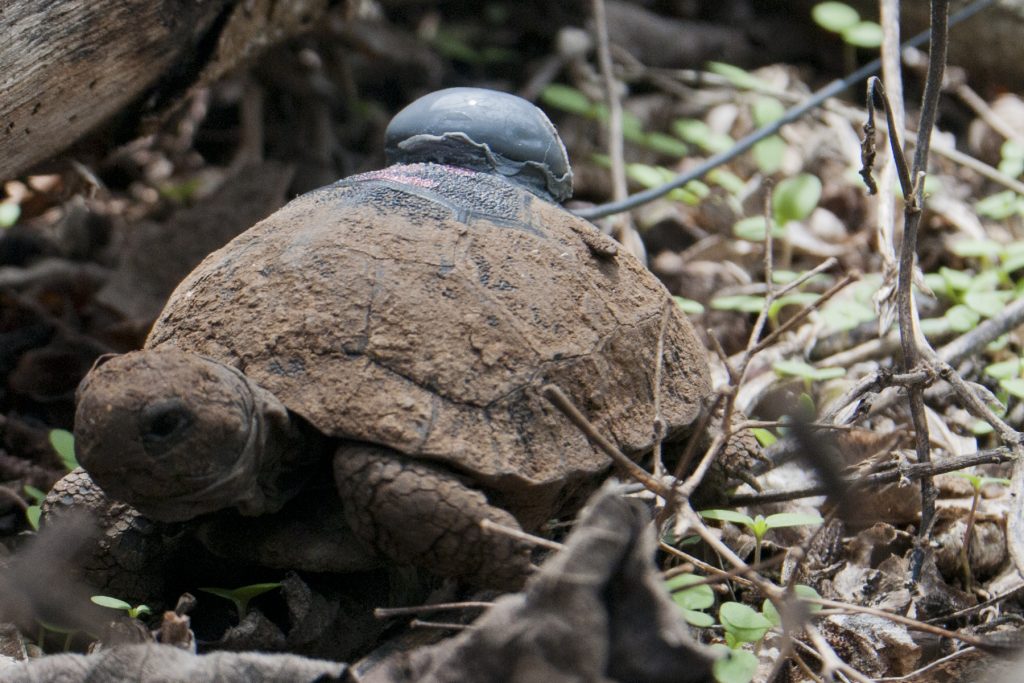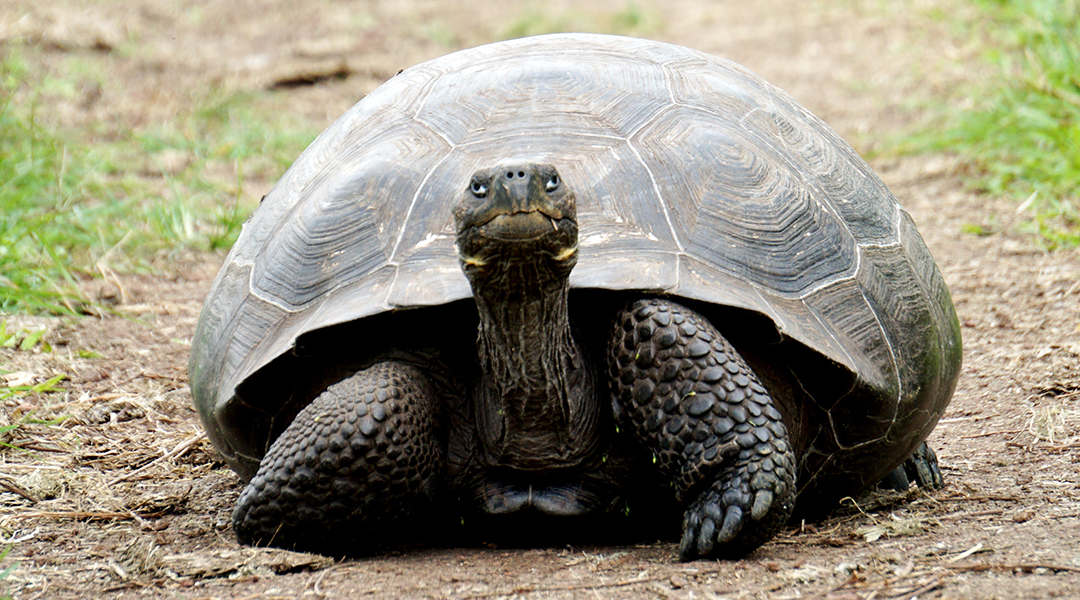Galapagos tortoises are iconic animals, both for the inspiration they provided to Charles Darwin, and more recently through efforts to conserve them from extinction. A new study suggests that climate change could harm these conservation efforts by causing a shortage of male tortoises.
“Ectothermic (cold-blooded) animals are particularly threatened by climate change,” explained wildlife veterinarian Sharon Deem, the director of the Saint Louis Zoo Institute for Conservation Medicine, adjunct scientist at the Charles Darwin Foundation, and first author of the study published in Ecology and Evolution. “Iconic giant Galapagos tortoises will experience temperature increases between 1-4°C in coming decades.”
Like many reptiles, Galapagos tortoises display temperature-dependent sex determination, where sex is determined by the impact of nest temperature in the expression of genes that determine sexual development. From studies conducted in captivity, scientists know that eggs exposed to warmer temperatures are more likely to produce female hatchlings, while cooler temperatures produce males.
Nesting location matters
In the wild, Galapagos tortoise eggs experience a wide range of temperatures, depending on where the mother constructs her nest; high up in the cooler mountainous areas of the islands, or nearer sea level where temperatures will be higher.
“We know nothing about sex ratios of hatchling tortoises in the wild or now a changing climate may impact them in the future,” said Deem’s colleague and the study’s senior author, Stephen Blake, assistant professor of Biology at Saint Louis University and an adjunct scientist at the Charles Darwin Foundation. “Our study provides the first data on the impact of nest incubation temperature on the sex ratios of free-living Galapagos tortoises along an elevational gradient.”

The Galapagos National Park Directorate has been “head-starting” tortoises for decades through a captive breeding program. “Eggs produced from captive tortoises, and eggs collected from nests in the wild are incubated in captive breeding centers, and hatchlings are nurtured for several years before being returned to the wild,” said Deem. “This has saved at least two species, and arguably several more, from extinction, and is among the most remarkable species rescue success stories in conservation history.
Under this program, eggs are incubated at different temperatures with the aim of producing equal numbers of males and females. However, data on the success of these manipulations are unclear.”
Future populations and climate change
The research was conducted in the Galapagos National Park in an area containing three tortoise nesting zones at distinct elevations approximately 14m, 57m, and 107m above sea level, each separated by non-usable areas of volcanic rock.
The researchers confirmed that temperatures are indeed higher in nests at lower elevations. As they predicted, sex ratios were highly affected by these differing temperatures; males made up 80% of juveniles hatching from high elevation nests, but only around 10% of hatchlings from nests in the warmer middle and lower elevations.
These results are interesting in themselves as we learn more about the lives of these fascinating animals. They also have important — and potentially alarming — conservation implications. Average temperatures in the Galapagos Islands are predicted to increase by 1-4°C during the coming decades due to the effects of climate change.
“Based on climate change predictions for the Galapagos, it is likely that an increase in female hatchlings will occur even at the highest nesting zone,” said Blake. “In the short term, this may be beneficial since female recruitment and particularly survival is often the limiting factor in tortoise reproduction. However, in the longer term it may erode genetic diversity.”
The researchers stress that these preliminary results are just a first step toward unravelling the complexity of patterns of sex determination and how it will influence future populations of these tortoises. “Much work will be needed before conclusions can be reached for the different Galapagos tortoise species throughout the archipelago,” added Deem.
The researchers also note their work could have wider conservation implications as other “threatened species that display temperature dependent sex determination will be vulnerable to sex ratio skews under climate change.” Too few males on a warming planet could have alarming implications for many reptile species.
Reference: Sharon L. Deem, et al., Temperature along an elevation gradient determines Galapagos tortoise sex ratios, Ecology and Evolution (2023). DOI: 10.1002/ece3.10008
Feature image: Cedric Fox on Unsplash

















